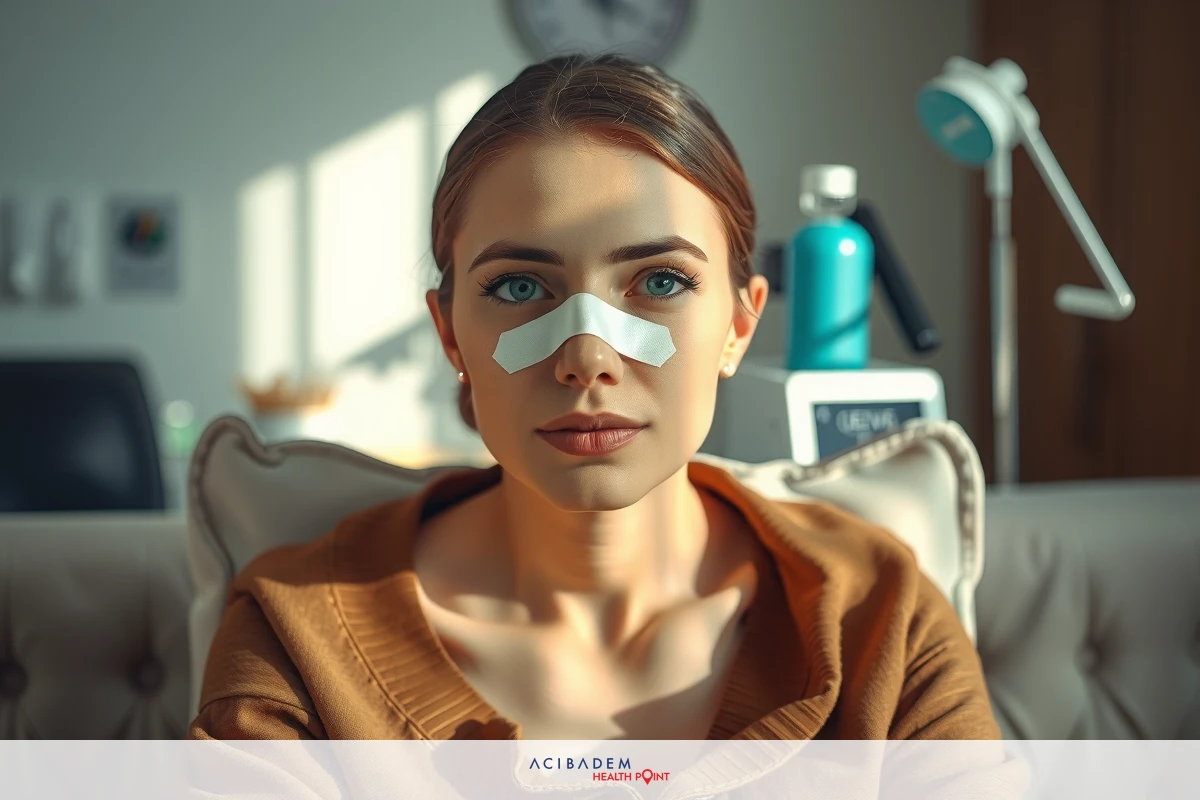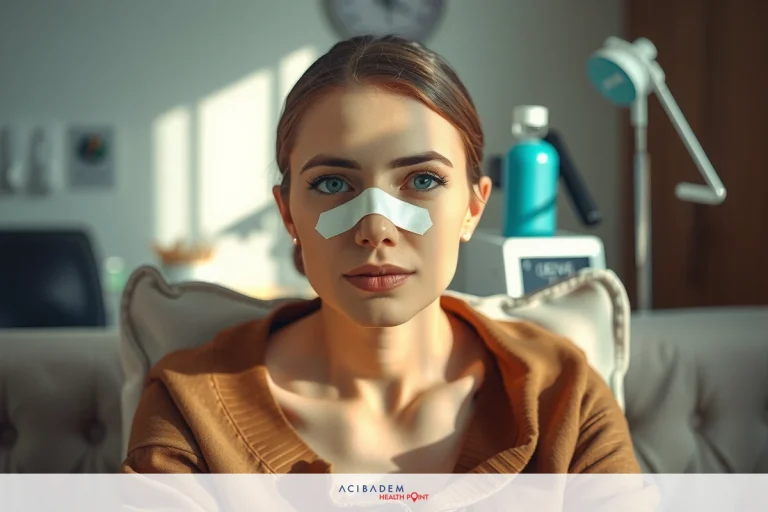What is Better Open or Closed Rhinoplasty
What is Better Open or Closed Rhinoplasty Navigating the world of cosmetic enhancements, especially when it comes to facial alterations, can often feel like a daunting task. Rhinoplasty stands out as one such area where decision-making may seem overwhelming due to two predominant approaches: open and closed.
The open rhinoplasty approach offers surgeons a more comprehensive view of the nasal structures during the operation. It permits intricate adjustments with greater precision, thereby leading to more predictable outcomes. However, this method has been linked with longer recovery times and visible scarring in some cases.
On the other hand, closed rhinoplasty requires smaller incisions within the nostrils which leads to less noticeable scars post-operation. Yet it may limit the surgeon’s visibility and access during surgery that could potentially compromise optimal results. This article will surely enlighten you about both these methods without leaning heavily towards either side.
What is Better Open or Closed Rhinoplasty Merits of Open Rhinoplasty
When considering rhinoplasty as a surgical option to alter the shape and size of the nose, open rhinoplasty stands out due to its distinct benefits. It provides significant advantages that make it an appealing choice for both surgeons and patients alike. One major benefit resides in the visibility and accessibility it grants to surgeons during operation.
In an open rhinoplasty procedure, a small incision is made across the columella – the narrow strip separating the nostrils. This allows complete access to underlying nasal structures, facilitating more precise alterations by lifting off skin from cartilage and bone. Surgeons gain direct visualization of these anatomical elements, which leads to meticulous reshaping capabilities with fewer limitations compared to closed techniques.
Another noteworthy advantage lies in its predictability factor. By offering unparalleled exposure of internal structures, this approach facilitates accurate diagnosis of structural issues or deformities before making corrections during surgery itself. Consequently, this can lead to improved surgical outcomes with a higher rate of patient satisfaction post-procedure.
Furthermore, open rhinoplasty is often preferred when dealing with complex cases or revisions where there’s need for extensive correction or reconstruction. The accessibility ensures careful handling while grafting tissue if necessary or adjusting intricate features like nasal tip refinement – aspects where precision plays a pivotal role.
However beneficial though, every surgical procedure has potential drawbacks alongside its merits; hence one must ensure thorough consultation before deciding on any particular method for their unique needs.
Advantages of Closed Rhinoplasty
While open rhinoplasty offers distinct benefits, closed rhinoplasty is not without its unique advantages that make it an attractive surgical option for many seeking cosmetic alterations to their nose. The first and perhaps most appealing aspect of closed rhinoplasty lies in the incision placement.
Closed rhinoplasty procedures involve incisions made entirely within the nostrils, eliminating any external scarring. This method presents a significant aesthetic advantage over open techniques where a small scar might be visible on the columella post-operation. For individuals concerned about noticeable signs of having undergone surgery, this approach certainly holds appeal.
Another important factor favoring closed rhinoplasty revolves around recovery period and associated discomfort levels post-surgery. Given its less invasive nature with no need for detaching soft tissue from underlying

structures as in open methods, healing times are generally shorter with less swelling observed during recovery phase. This means patients can resume their normal routines sooner while experiencing lesser overall discomfort.
Lastly but significantly, certain surgeons prefer closed techniques when dealing with simpler cases or modifications to upper nasal regions as it allows them sufficient access while maintaining patient comfort levels and quick recovery times. However, like every procedure, potential drawbacks exist alongside these advantages which should be discussed thoroughly during consultations before making a decision best suited to individual needs.
Recovery and Results
The recovery process after a rhinoplasty procedure, whether open or closed, is an essential aspect that patients need to consider. It’s important to understand the expected timescales and what one might experience during this period as it forms a crucial part of the journey towards achieving desired results.
Typically, post-operative care following both procedures involves an initial stage where swelling and bruising are most pronounced. This phase usually subsides within two weeks for most patients. However, with open rhinoplasty due to its invasive approach involving dissection of soft tissues from underlying structures, there can be slightly prolonged periods of noticeable swelling compared to closed methods which are less intrusive in nature.
Light activities can generally be resumed after about two weeks following either method – although individual healing rates vary widely based on factors like age, overall health status among others. Regular follow-up appointments will ensure any concerns during recovery phase get addressed promptly ensuring smooth progress towards ultimate goal – improved nasal aesthetics.
When we discuss final results post-rhinoplasty surgery, patience becomes key. Although immediate changes will be observable once initial swelling reduces, true aesthetic outcomes become more apparent around 6 months mark when majority of residual internal inflammation has resolved itself.
For some individuals undergoing extensive modifications or with slower healing rates naturally; complete resolution allowing appreciation of fine refinements may take up to 12 months or even longer in certain cases! Despite this prolonged timeline though – overwhelming reports suggest satisfaction levels remain high amongst those who choose rhinoplasty for enhancing their facial symmetry thus making it worth consideration despite associated downtime involved.
Frequently Asked Questions
What is the main difference between open and closed rhinoplasty?
The primary difference lies in the incision placement. Open rhinoplasty involves an external cut on the columella, providing comprehensive access to underlying structures. Conversely, closed rhinoplasty limits all incisions inside the nostrils, leading to less visible scarring.
Which procedure has a quicker recovery period?
Generally speaking, closed procedures have shorter recovery periods due to their less invasive nature compared with open methods that may lead to more pronounced swelling initially.
Is one method superior over another when it comes to final results?
Both techniques can yield excellent results when executed by proficient surgeons. Choice of method depends largely on individual case requirements and surgeon's expertise rather than superiority of one over another.
Can I choose which technique I want for my surgery?
While patient preferences are important, it's ultimately up to your surgeon's discretion based on their assessment during consultation regarding what would offer most beneficial outcomes based on your unique needs.











